The benefits of hub motors have become increasingly relevant as electric bikes continue to grow as the fastest-rising segment in cycling. Understanding the difference between hub motors and mid-drive systems plays a major role in your riding experience and budget. Across Europe, many riders find hub motors appealing due to their lower purchase and maintenance costs.
Let’s explore the engineering truth behind e-bike motors to uncover what makes hub motors so special. Their simple design and affordable production process enable manufacturers to create budget-friendly e-bikes without sacrificing reliability. Hub motors have proven to be durable and require minimal maintenance. While mid-drive motors deliver up to 20% greater efficiency in mixed conditions and attract more performance-oriented riders, hub motors remain the leading choice for budget-conscious commuters. In this article, we’ll break down the advantages and disadvantages of hub motors — and answer one key question: how do hub drive motors enhance different riding styles and terrains?
Engineering Design of Hub Motors
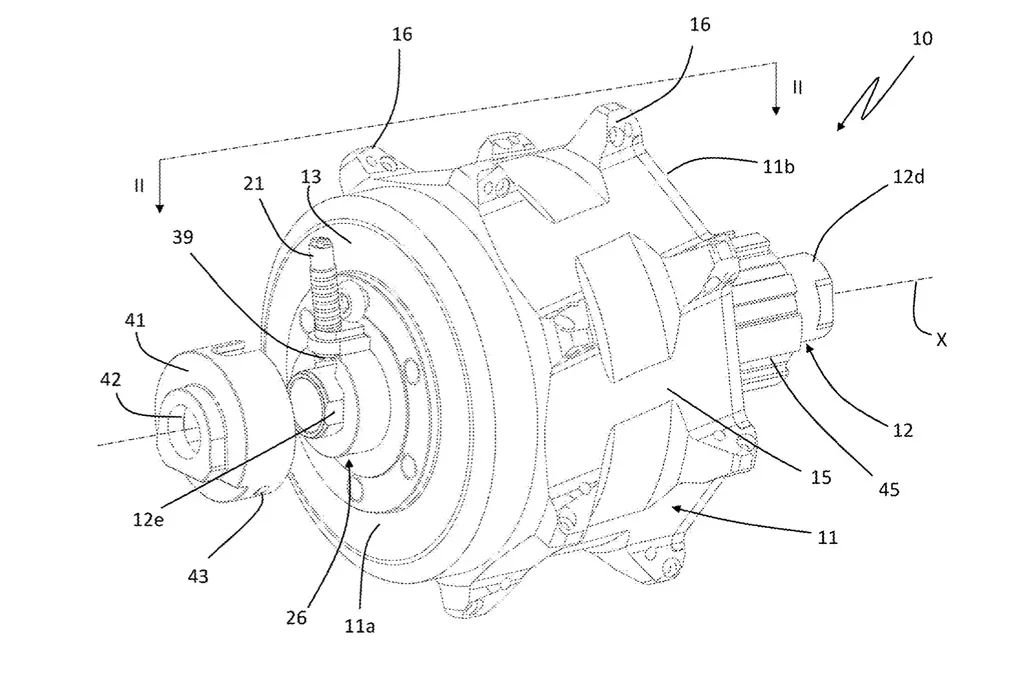
Hub motors showcase engineering brilliance through their simplicity. They are positioned directly within the wheel hub and operate as independent systems, separate from the bike’s drivetrain.
Self-Contained Motor in Wheel Hub
At the heart of the motor, a stator with copper windings is attached to the axle, while magnets on the wheel hub create the outer rotating section. The system uses a feedback mechanism to detect rotor position and regulate current flow through the windings, moving the wheel forward smoothly. Most hub motors use a planetary gear train to enhance torque output. Single-stage designs typically use a 4:1 or 5:1 gear ratio. A good example is Ananda’s R/F400 system, which achieves strong torque (45–50 Nm) while keeping the motor’s weight to just 2.3 kg — proving how compact efficiency works in real-world use.
Weight Distribution and Unsprung Mass
The position of a hub motor greatly affects how a bike handles. Front hub motors help balance the bike more evenly, as most rider weight naturally leans towards the back. This creates a more stable ride. Rear hub motors, on the other hand, improve traction because the driving force is applied directly to the wheel bearing most of the rider’s weight. This makes them ideal for tougher terrain where grip is essential.
Impact on Suspension and Handling
One of the main engineering challenges of hub motors is managing unsprung mass. Because the motor is part of the wheel assembly, it doesn’t benefit from suspension support. The wheel becomes up to six times heavier than a normal wheel, adding more momentum when encountering bumps. As a result, the suspension must work harder to keep the tyres in contact with the ground. Poorly designed setups can feel like a “pogo stick” or suffer from suspension binding. Well-engineered torque arms and tuned suspension systems are key to achieving optimal handling from hub drive motors.
Torque, Power, and Speed Characteristics

A hub motor’s unique performance stems from its direct connection to the wheel. This simple mechanical setup creates a distinct riding experience compared to mid-drive systems.
Fixed Gear Ratio and Its Implications
Hub motors generally operate with a single gear ratio — typically 4:1 or 5:1 for single-stage planetary systems. This fixed ratio creates a trade-off between torque and speed that riders cannot adjust while moving. Unlike mid-drive motors, which use the bike’s gears to adapt to terrain, hub motors deliver power directly to the wheel. Although they avoid energy loss from transmission, they cannot adjust dynamically to changing conditions. Manufacturers must carefully choose a gear ratio that provides a balance between acceleration and top speed to best serve everyday riders.
Acceleration vs Climbing Performance
Terrain plays a critical role in hub motor efficiency. These motors perform exceptionally well on flat surfaces, offering smooth acceleration and steady speed. However, when the road tilts upward, efficiency decreases by 10–15%, putting extra demand on the battery. On steep climbs, hub motors rely solely on electrical power rather than mechanical advantage. Tests show they operate best around 20 mph — the sweet spot for city commuting. For European riders, hub motors are most effective on flat routes and light inclines.
Hub Motor Torque Ratings: 30–60 Nm
Hub motors typically produce between 30–60 Nm of torque — less than the 90 Nm or more offered by high-end mid-drives. This output suits city rides and mild hills but struggles on long or steep gradients. Geared hub motors, which usually deliver 50–60 Nm, outperform direct-drive versions when climbing or accelerating. Still, they start to lose efficiency on slopes steeper than 10%. For instance, a 750W geared hub motor can maintain 10–12 mph on a 7–8% gradient before performance drops.
Battery Efficiency and Range Considerations

Battery efficiency is the most noticeable factor riders experience daily. Understanding how hub motors draw power under different conditions helps maximise range and performance.
Optimal Use on Flat Terrain
Hub motors deliver their best efficiency on smooth, flat roads. Under these conditions, they reach their full advertised range thanks to reduced resistance. Bicicletta elettrica commuters who mainly travel on urban streets or cycle paths benefit from steady and predictable battery life. Tests confirm that hub motors can perform almost as efficiently as mid-drives on flat terrain — a major reason why new e-bike owners appreciate their simplicity and consistency.
Battery Drain on Inclines and Heavy Loads
Inclines change everything. On 5–7% slopes, hub motors draw slightly more power, while 10% hills can increase battery consumption by 20–30% compared with flat terrain. Climbing reduces efficiency by 15–25%, and heavier riders or added cargo amplify this effect. For example, a 225-pound rider towing a trailer will drain the battery significantly faster than a lighter cyclist.
Comparing Hub Motor vs Mid-Drive Efficiency
Mid-drive motors can utilise the bike’s gears to keep the motor spinning at its most efficient RPM under any condition. This flexibility allows them to consume fewer watts per mile on mixed terrain. Hub motors, by contrast, excel on flat routes where their simple design ensures excellent range. European riders seeking maximum battery performance should note: mid-drives are around 20% more efficient on hilly routes, though this difference vanishes on level commutes.
Maintenance, Cost, and Use Case Suitability
The true value of hub motors for everyday cyclists extends well beyond technical specs — it’s about practicality, cost, and reliability.
Lower Entry Cost for Budget Riders
Hub motor e-bikes are typically €500–€1,234.99 cheaper than similar mid-drive models. Thanks to their simpler construction and fewer components, they are widely accessible for new riders. Many direct-to-consumer brands now offer high-quality hub motor bikes with 36V or 48V systems at competitive prices. The €2,000 price point has become the sweet spot for European consumers.
Minimal Drivetrain Wear Over Time
Reduced long-term maintenance is one of the biggest advantages of hub motors. Since they operate independently from the drivetrain, they put almost no stress on chains or gears. Basic upkeep includes keeping the motor clean, checking axle nuts, and inspecting wiring. Their sealed, self-contained design makes them impressively durable — many commuters report logging over 9,000 miles without significant issues.
Best Use Cases: Commuting, Leisure, and City Riding
Hub motors excel in:
- Urban environments with mostly flat terrain
- Daily commutes prioritising reliability over high performance
- Leisure rides requiring simplicity and comfort
They are perfect for beginners and casual riders who prefer steady, low-assist cruising throughout the day.
What Are the Benefits of a Hub Drive Motor for EU Riders?
European riders particularly appreciate hub motors in noise-restricted city zones. These motors handle stop-and-go traffic effortlessly and deliver quiet, smooth performance. Their low maintenance needs make them an excellent match for European commuting habits and lifestyles.
Conclusione
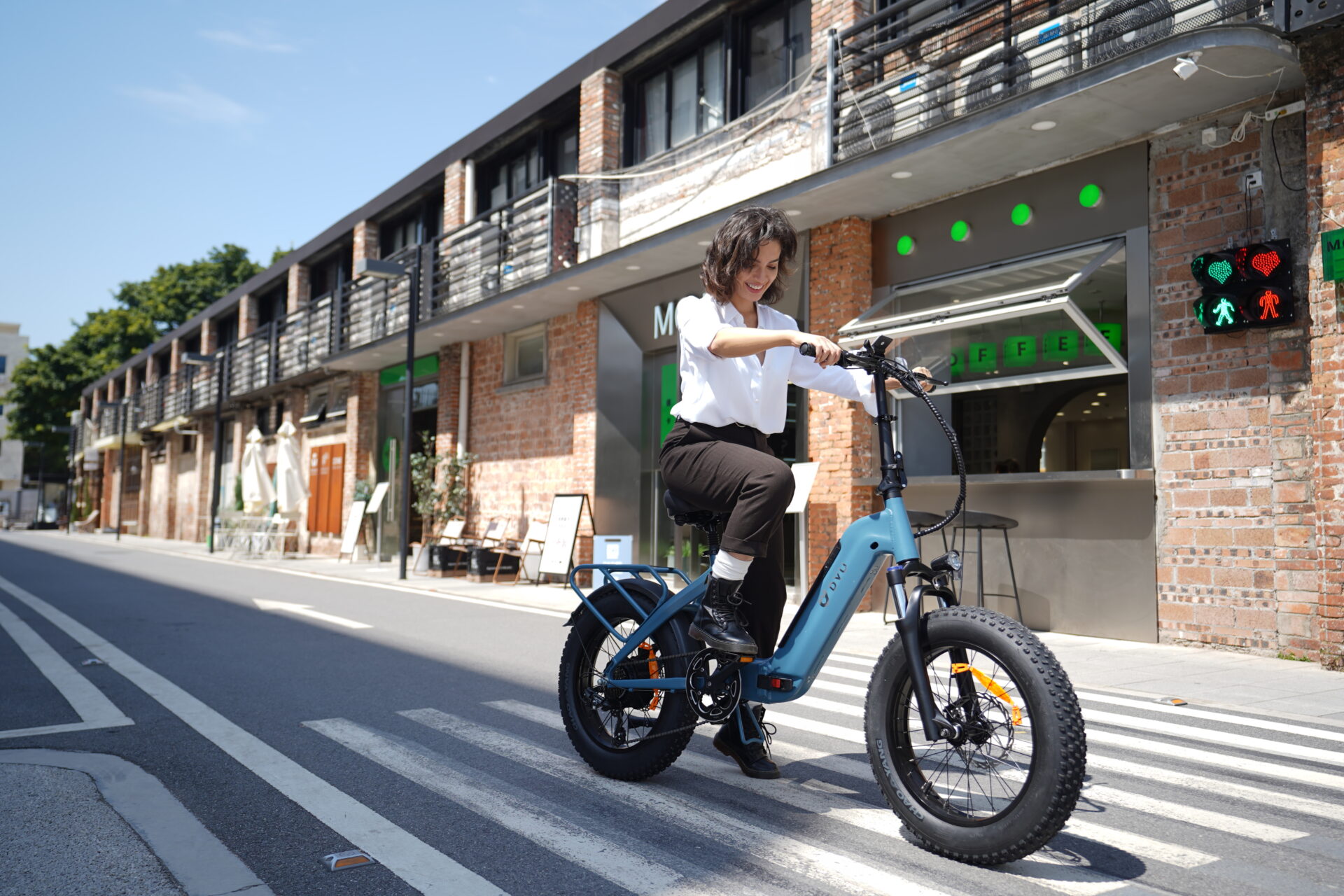
Hub motors embody engineering elegance through simplicity. As this analysis shows, their self-contained structure provides impressive benefits despite certain performance limits. The lower entry price — often €500 less than comparable mid-drives — makes them a smart option for cost-conscious European riders.
In real-world use, hub motors perform best on flat terrain and in urban environments where reliability outweighs technical superiority. Their low-maintenance nature appeals to commuters who prefer riding over constant adjustments. Battery efficiency remains consistent on level routes, easily covering typical city distances. While their 30–60 Nm torque range can’t match high-end mid-drives, it offers ample power for everyday use.
Weight distribution also plays a vital role: front hub motors help balance rear-biased bikes, while rear hub motors enhance traction when needed most. This flexibility lets riders choose configurations that suit their preferences and surroundings.
Of course, hub motors aren’t perfect. They lose efficiency on steep hills, and their fixed gear ratio can’t adapt to varying conditions like mid-drives can. Still, for most European cyclists seeking affordable, dependable transportation, these trade-offs are minor compared to the overall convenience and value.
Ultimately, technology’s worth lies in serving users, not just engineering ideals. Hub motors deliver on that promise — with quiet performance, minimal upkeep, and significantly lower lifetime costs. They remain the practical choice for daily cycling across Europe.
Domande frequenti
Q1. Are hub motors the best choice for electric bikes?
Hub motors are ideal for urban commuters and casual riders who value simplicity and low maintenance. They excel on flat terrain and offer a cost-effective, reliable riding experience. However, for off-road riders or those in hilly areas, mid-drive systems provide better adaptability and performance.
Q2. What are the main advantages of hub motors?
Hub motors stand out for their lower maintenance needs, quieter operation, and lower cost compared to mid-drive units. Their sealed design makes them highly weather-resistant — perfect for city commuting and relaxed weekend rides.
Q3. How do hub motors perform on hills?
Hub motors manage moderate inclines well but struggle on steep slopes. Efficiency can drop by 10–15% during climbs, and they work best on gradients up to around 10%. Riders who frequently tackle steep terrain will find mid-drive motors more effective.
Q4. What is the typical torque range for hub motors?
Most hub motors produce between 30–60 Nm of torque, suitable for city riding and moderate hills. While less powerful than premium mid-drives (which can reach 90 Nm or more), this range is more than enough for most daily commutes.
Q5. How does battery efficiency compare between hub and mid-drive motors?
On flat terrain, hub motors can match the efficiency of mid-drives. But on hilly routes, mid-drive systems typically perform about 20% better. Hub motors excel in urban areas with mainly flat roads, offering consistent and predictable battery life.



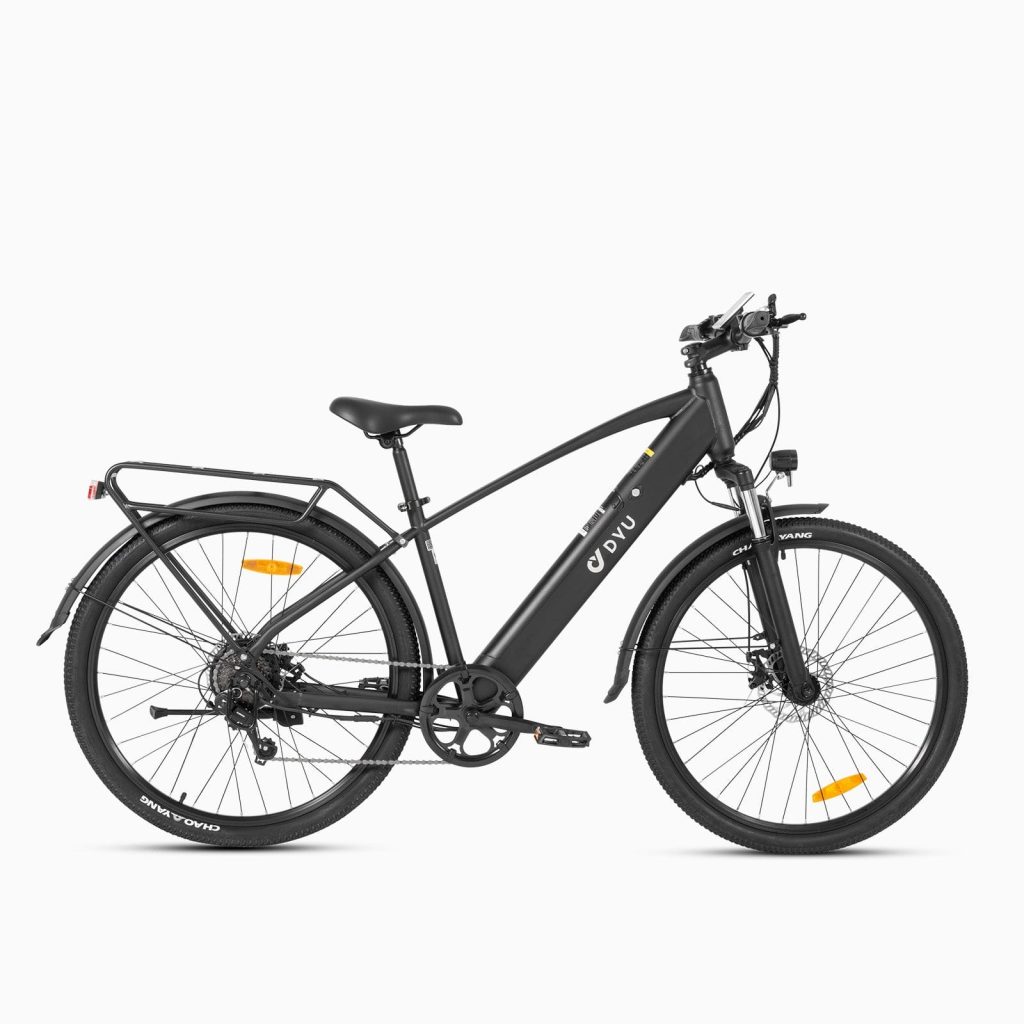
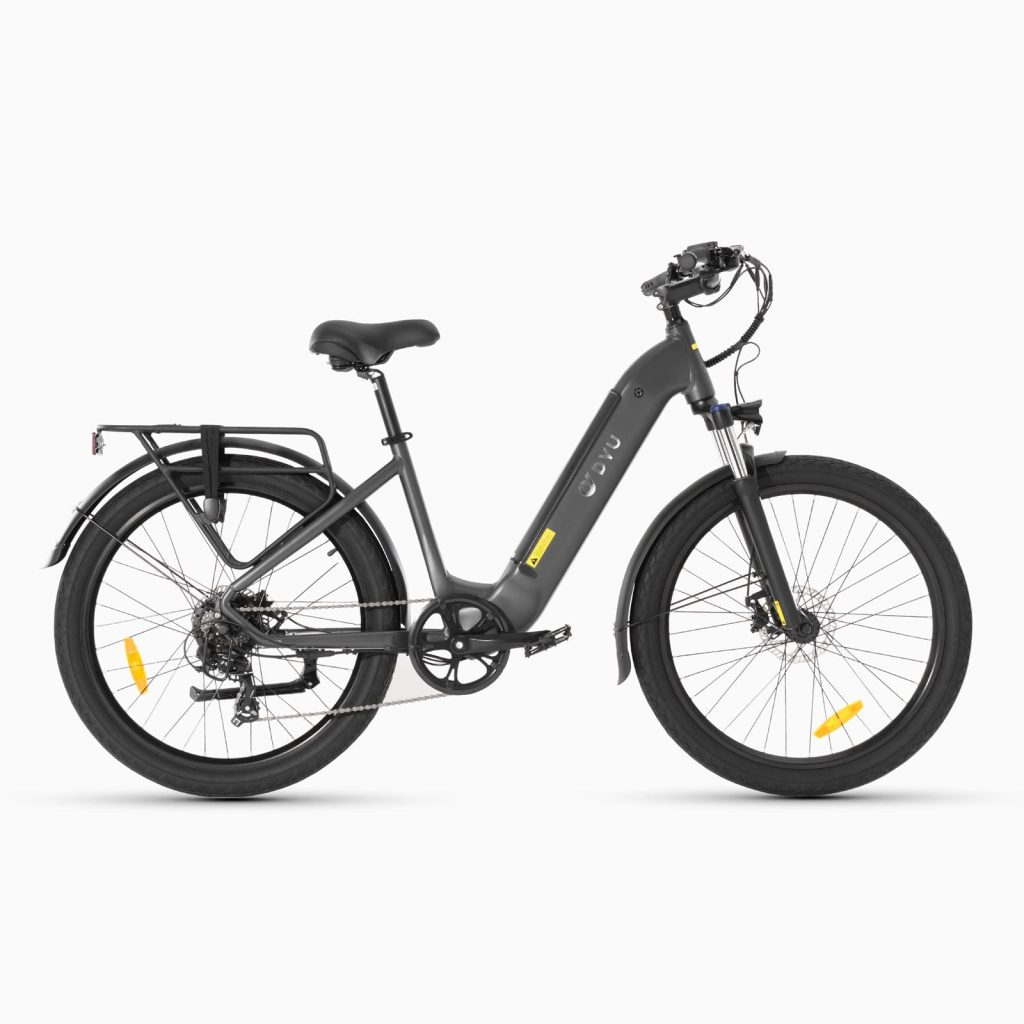

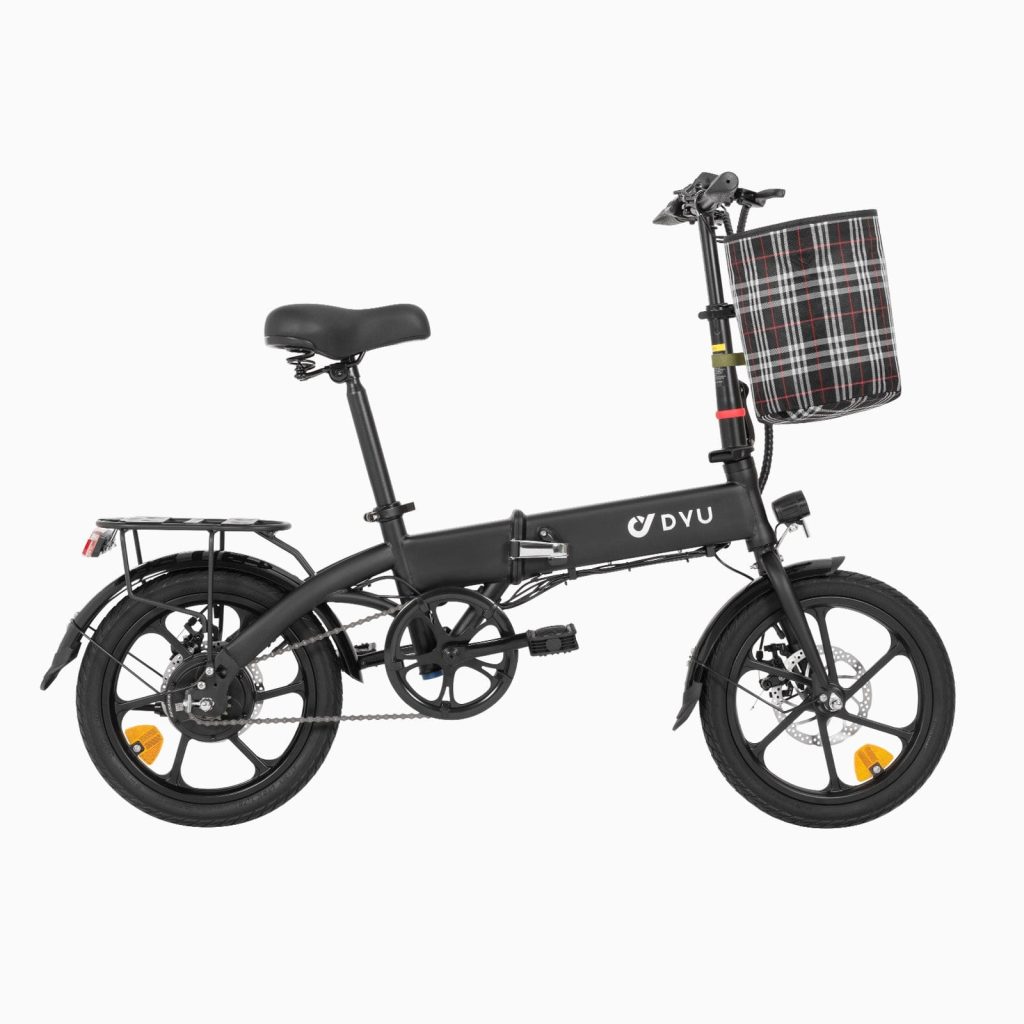
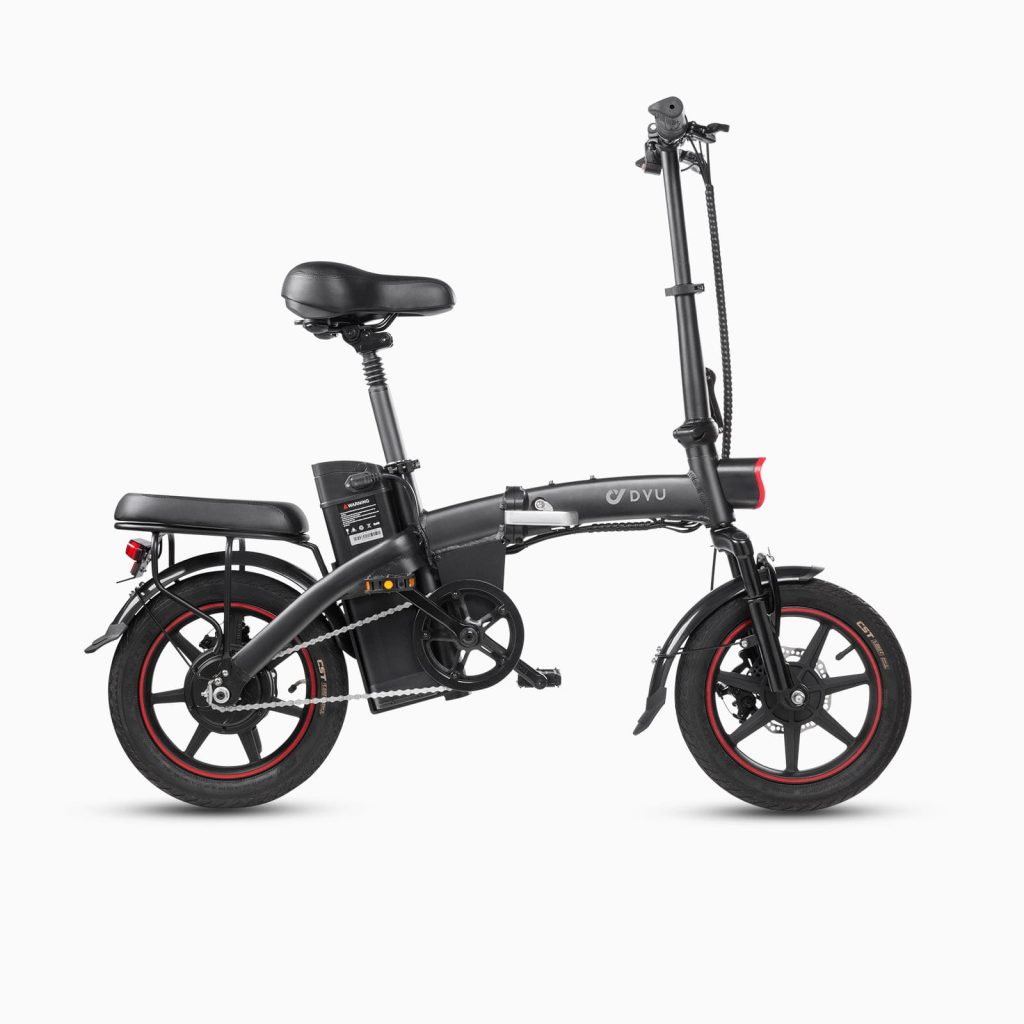



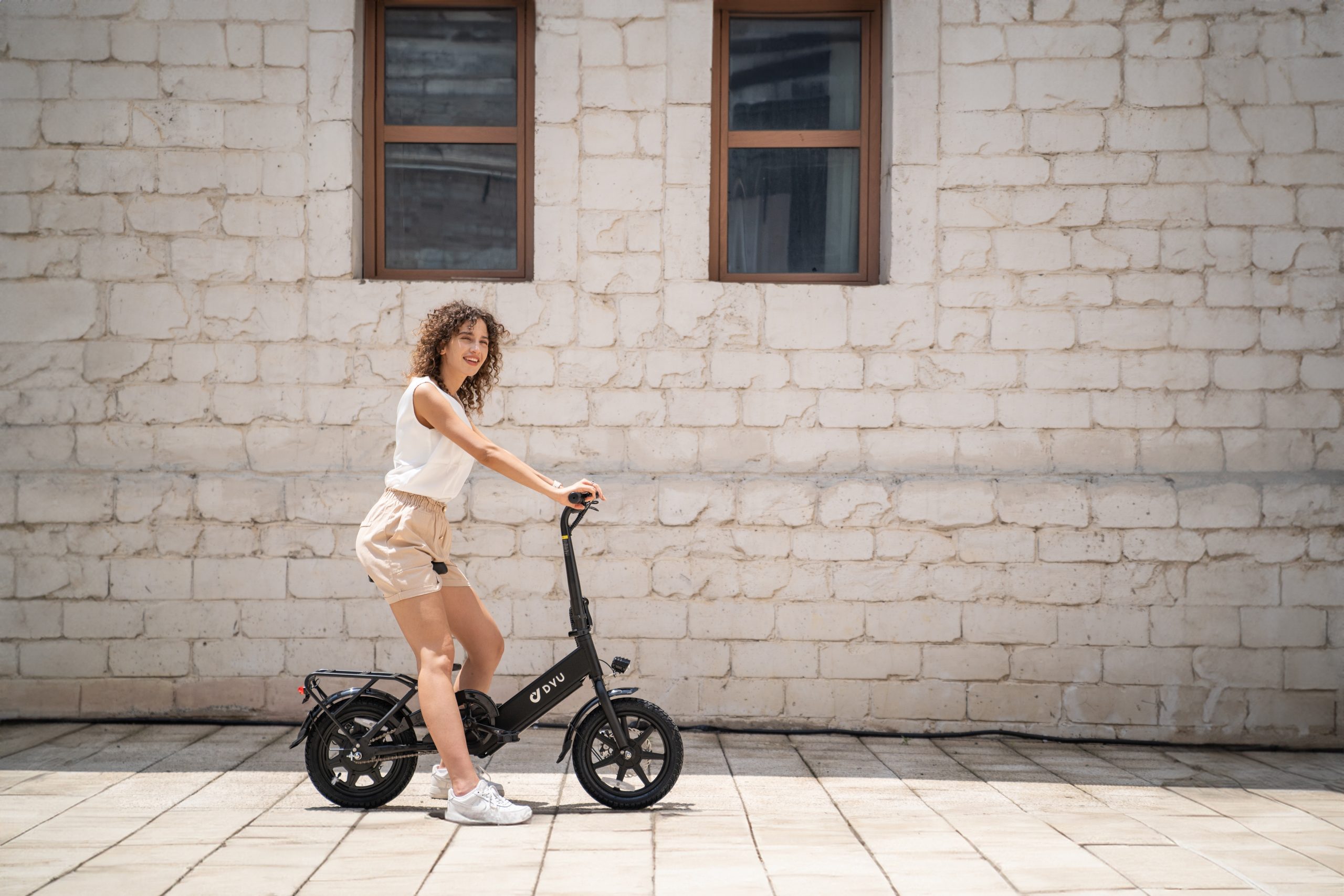
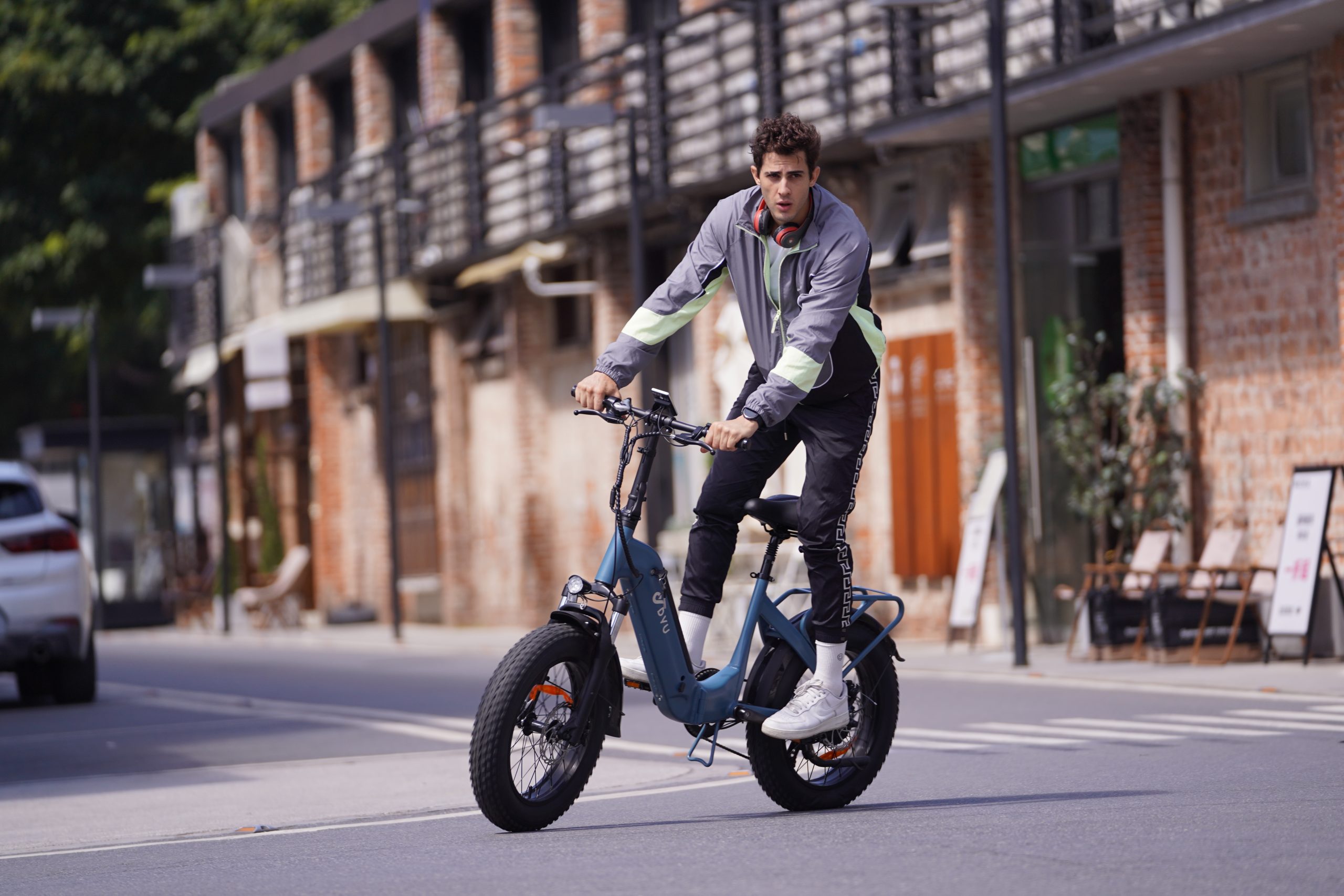

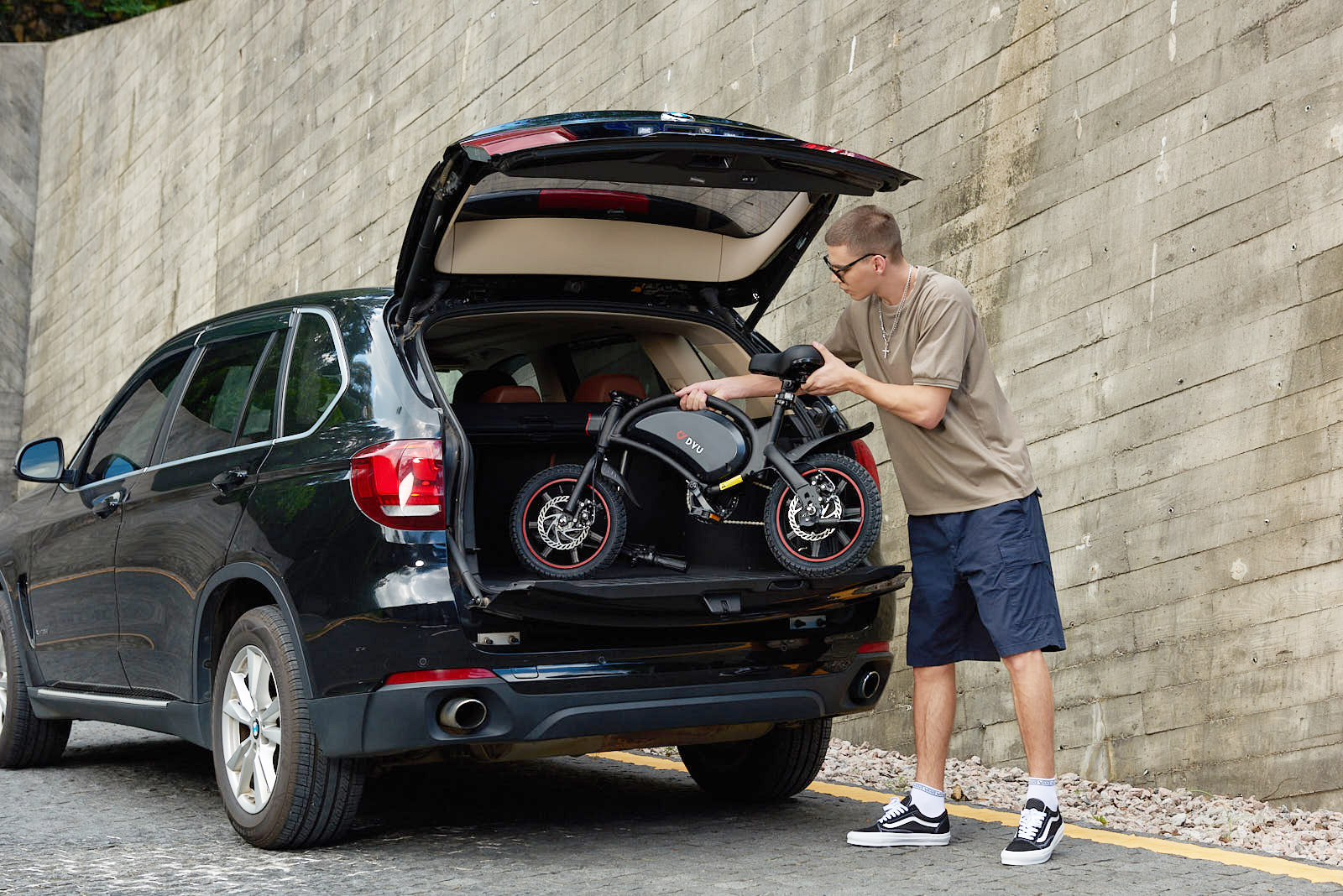

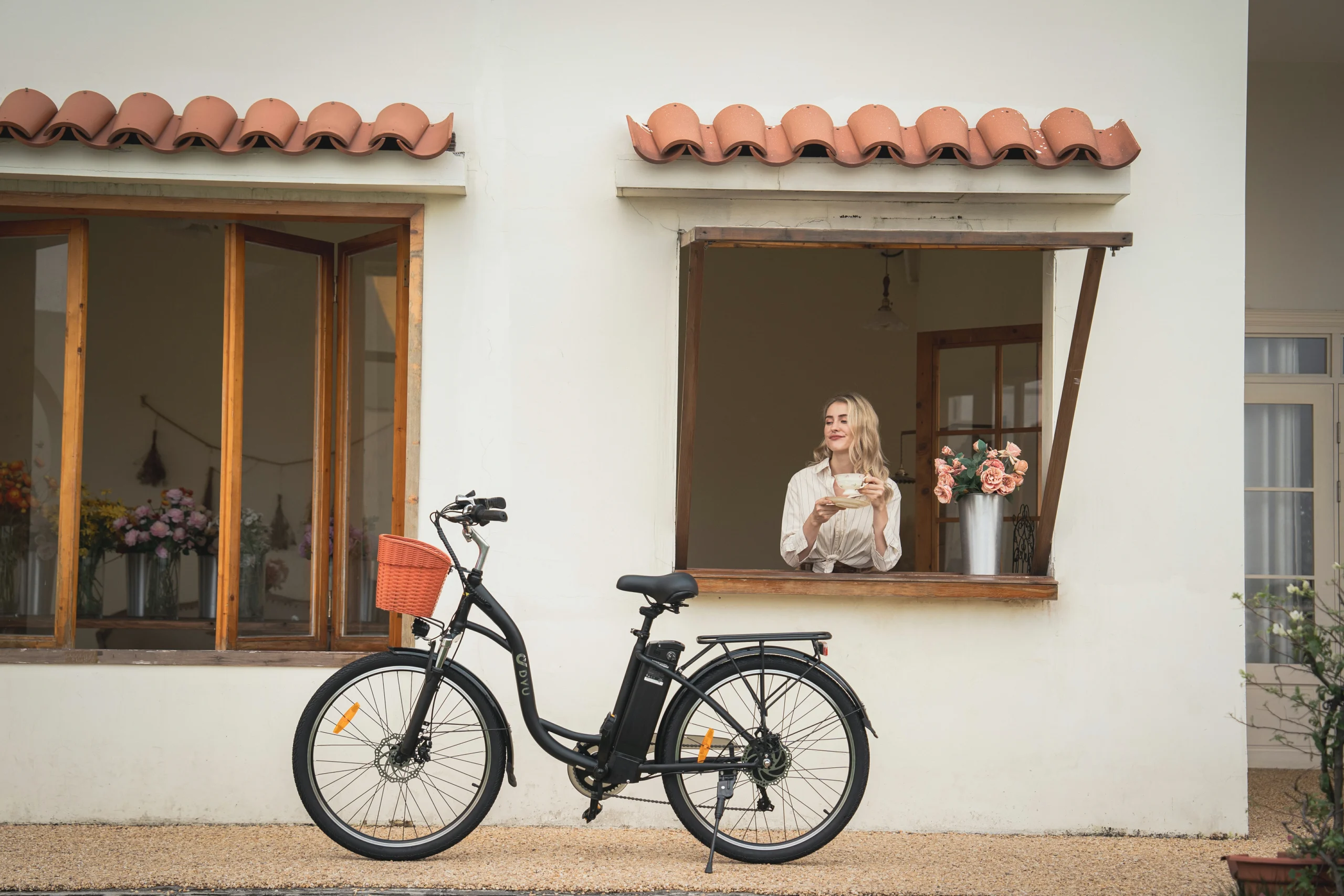

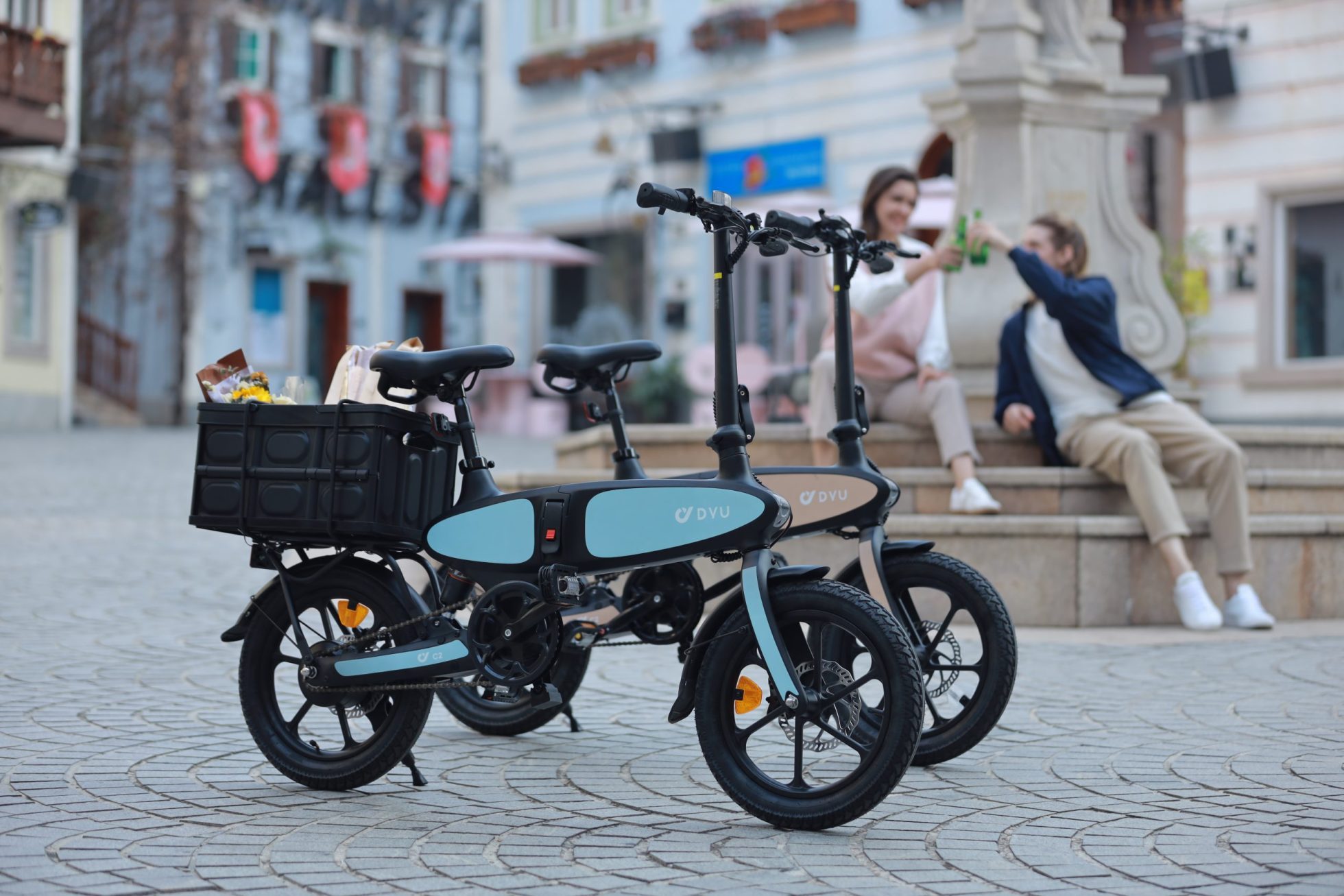
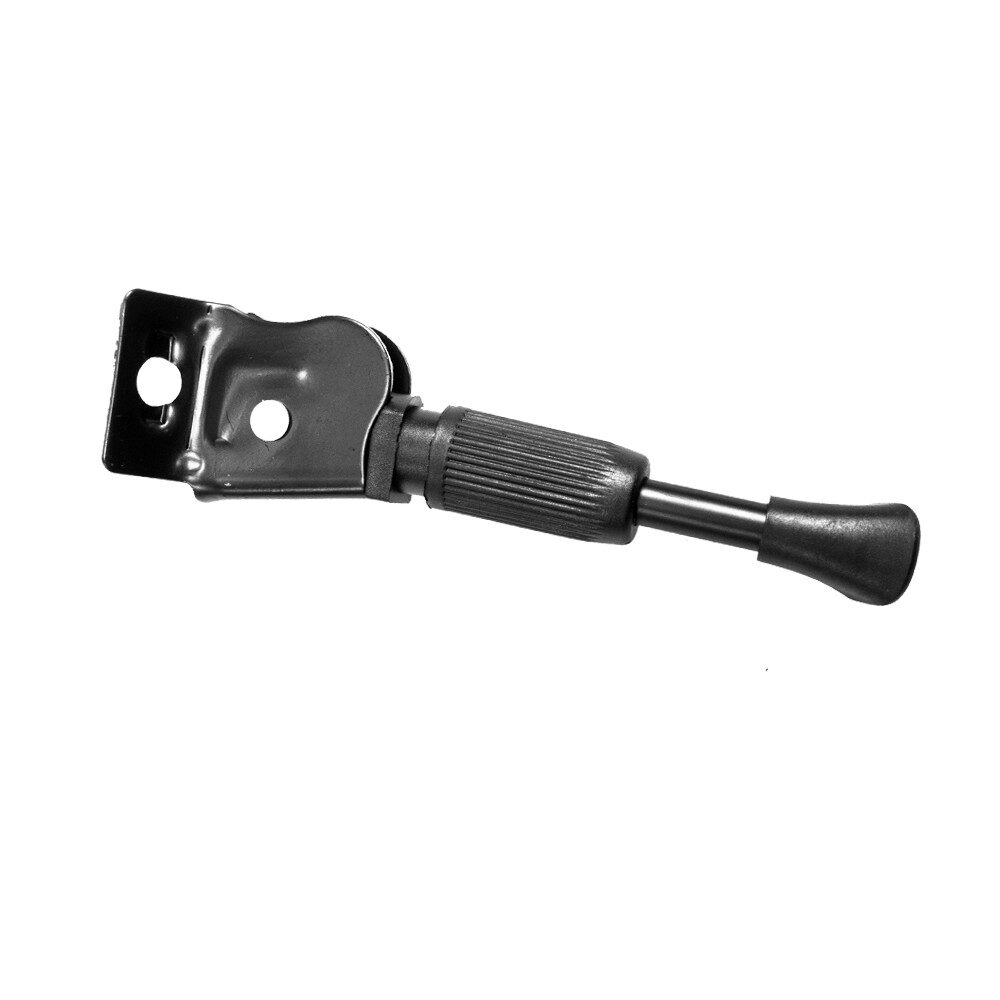

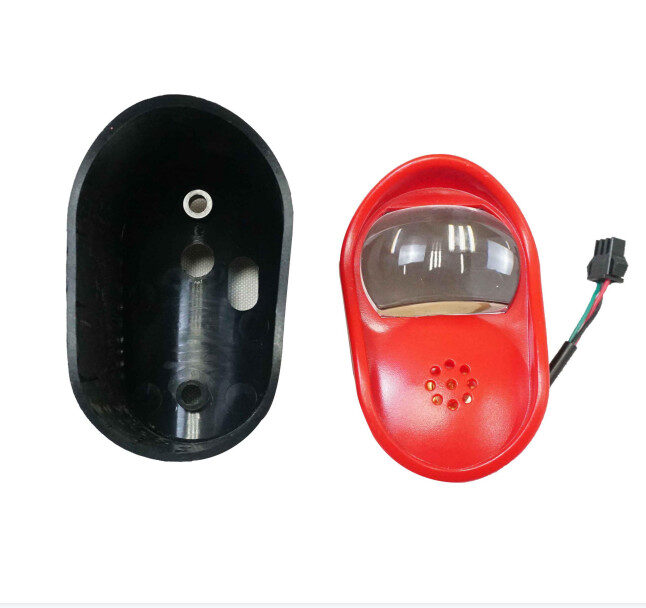
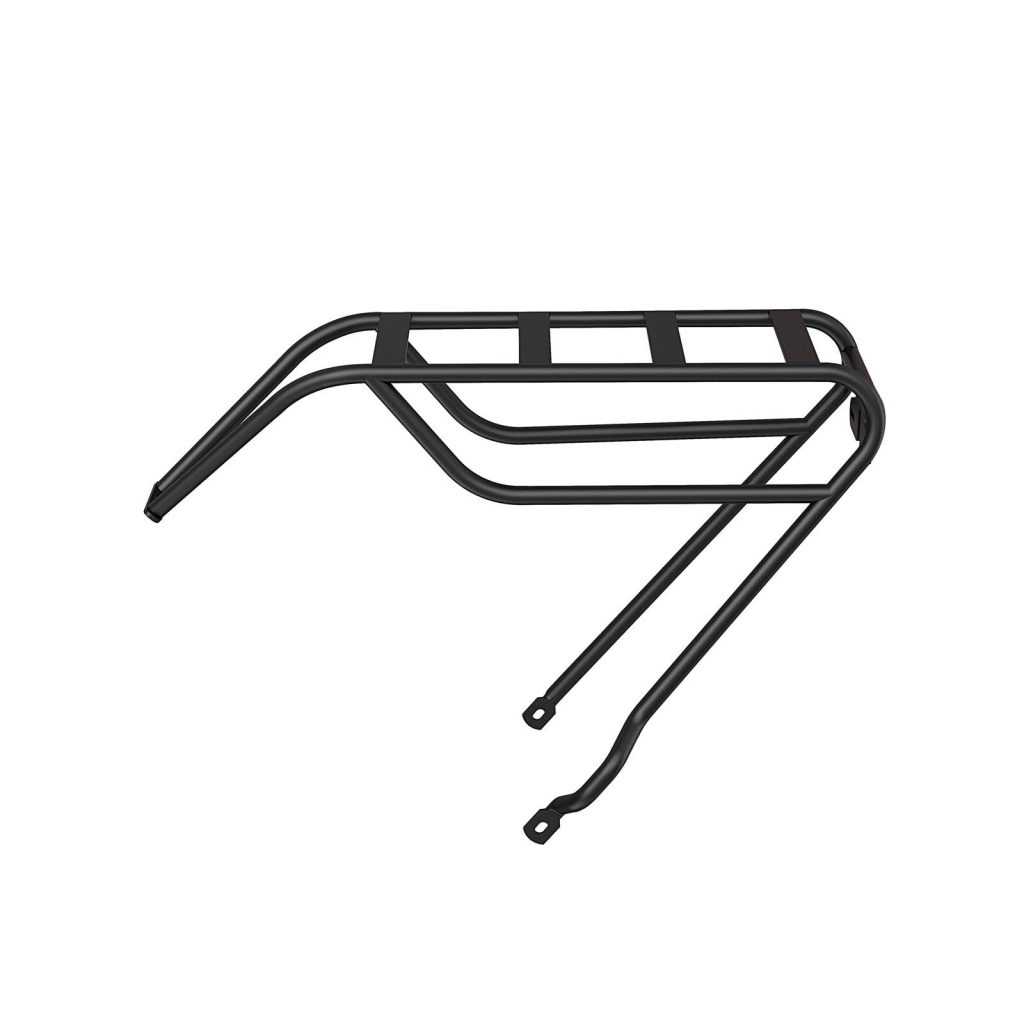
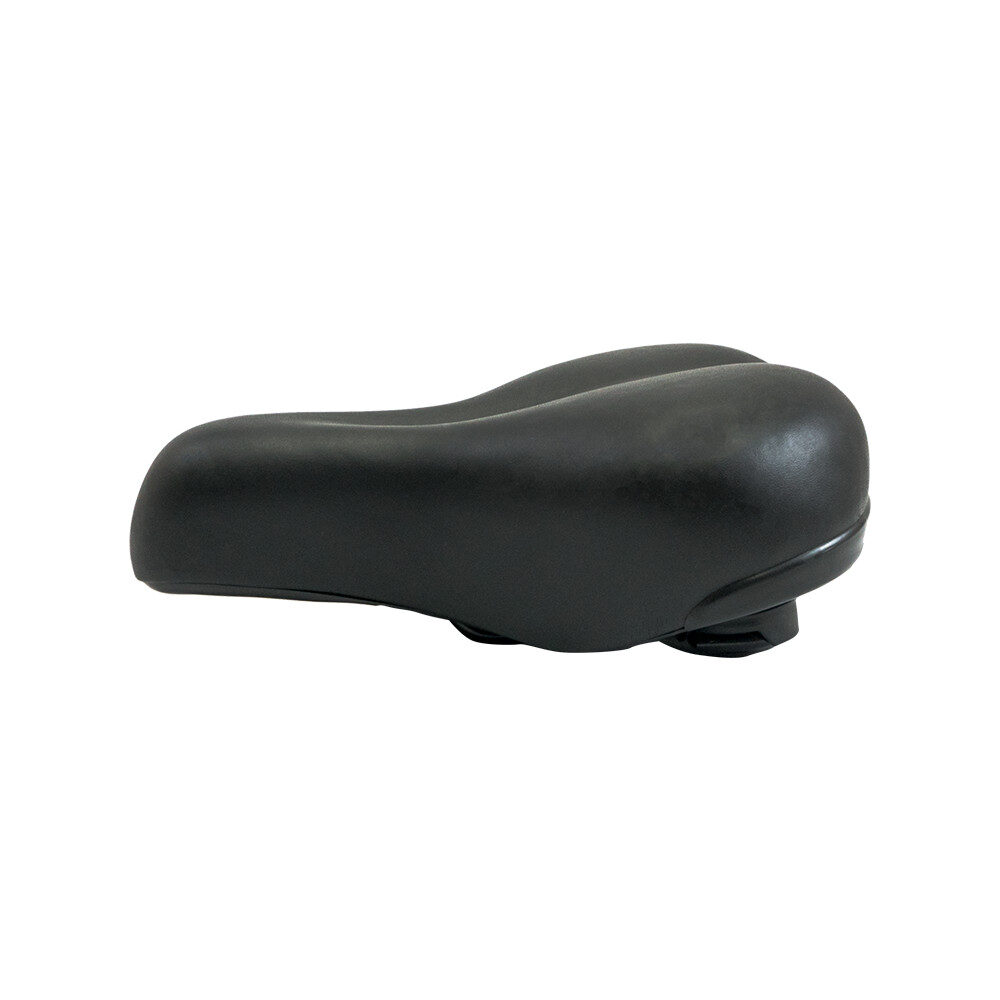

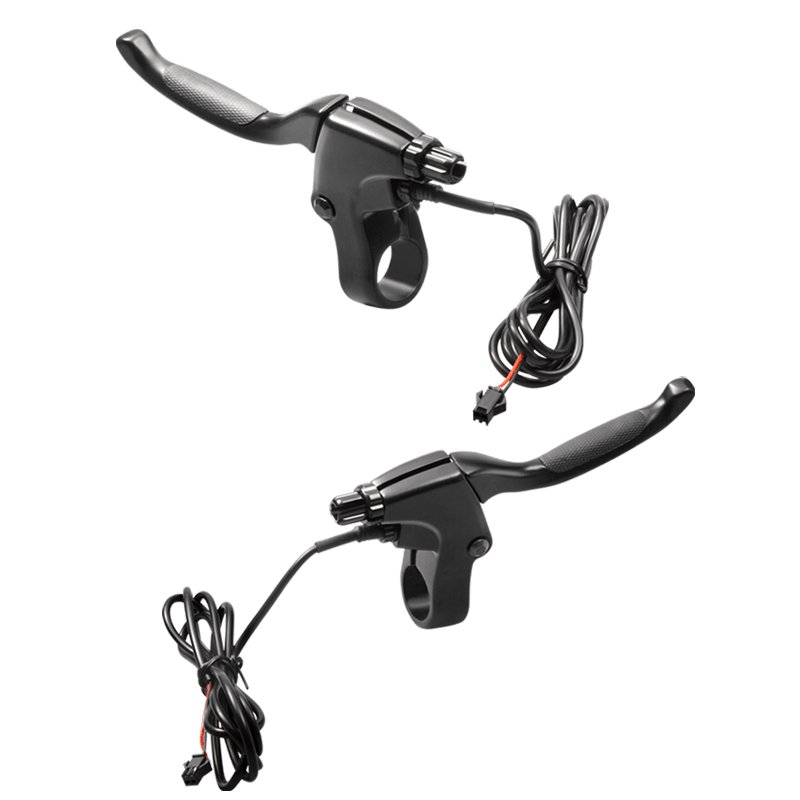
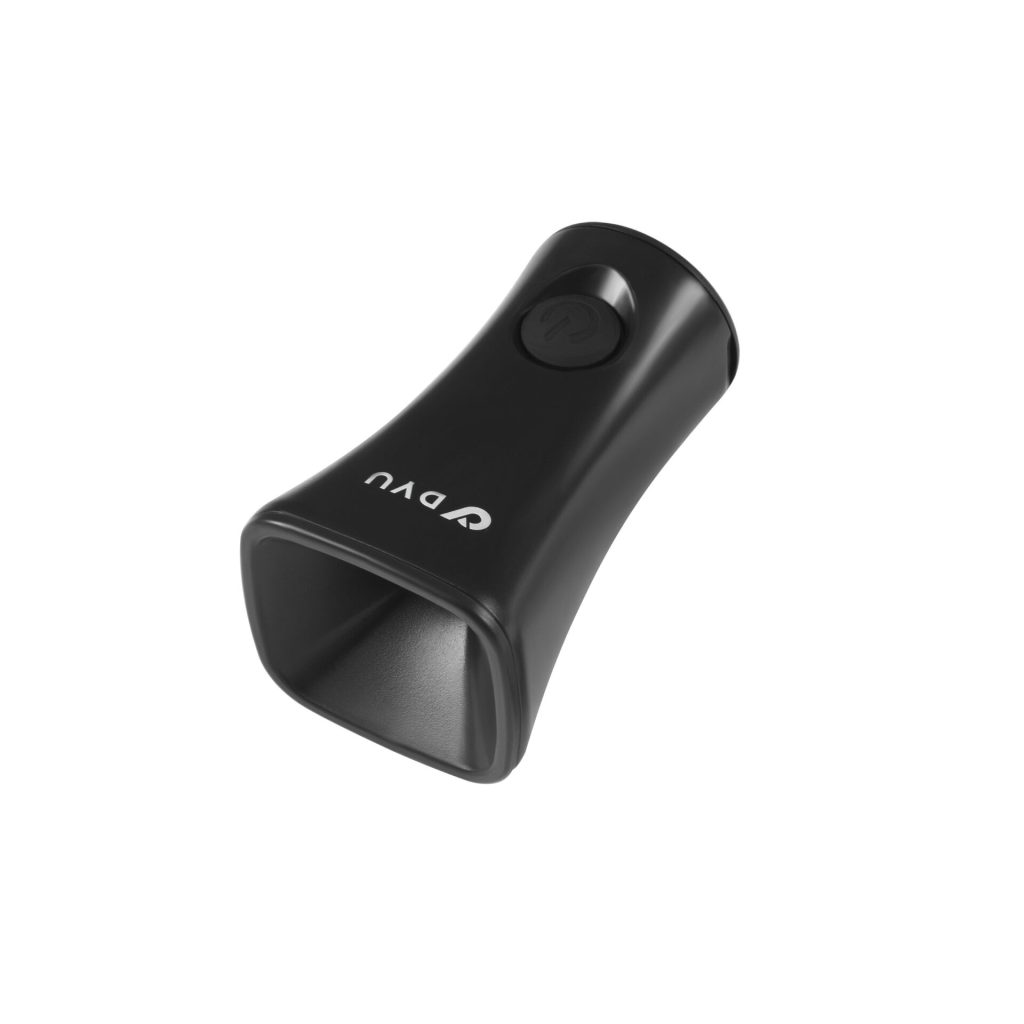





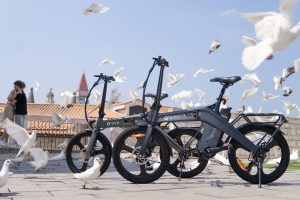

4 commenti
Winifred
Are hub motors really better for city commuting?
Daniel Novak
Yes, hub motors are often ideal for city rides because they’re generally cheaper, easier to maintain, and simpler to use for stop-and-go traffic. They provide smooth assistance at lower speeds, which makes navigating urban streets less tiring.
Tristan
A bit too technical in the torque and gear ratio sections.
Sally
I didn’t realize hub motors were cheaper to maintain.